Yet another Beeping P/Invoke Demo (SL5 RC)

Introduction
You might have noticed that the Silverlight 5 (Release Candidate) is out. One of the new features included in the RC is the ability to call P/Invoke. In this short demo, we will write a Silverlight 5 application that uses the feature.
Tools needed:
- Visual Studio 2010 SP1 or Visual Web Developer Express 2010 SP1 is required to develop a Silverlight 5 RC Application.
- After you have installed VS2010 SP1 or Visual Web Developer Express 2010 SP1, then you will need to download and install the Silverlight 5 (Release Candidate) Tools for Visual Studio 2010 SP1.
Getting Started
Go ahead and open Visual Studio 2010 SP1 and select File->New Project then Silverlight Application.
By default, we have a new option called “Silverlight 5” selected as the Silverlight Version. Let’s go ahead and leave it at that. You also have the ability to select Silverlight 3 or 4 from this drop-down.
Let’s go ahead and Right click on our project and select Properties.
Put a check in “Enable running application out of the browser”.
Now go ahead and put a check in “Require elevated trust when running outside the browser”.
Switch back over to the MainPage.xaml and add in the following code:
<Grid x:Name="LayoutRoot" Background="White">
<Button Height="23" HorizontalAlignment="Left" Margin="169,132,0,0" VerticalAlignment="Top" Width="75" x:Name="btnclick" Content="click" Click="click_Click" />
</Grid>
This will simply put a no thrills button on the page that the user can press to call the P/Invoke code we will add shortly.
Let’s go ahead and add a new class to the project.
Let’s call it PlatformInvokeTest.cs and add the following code (Note: If your having a problem getting it to work then use my solution at the bottom of the post):
using System;
using System.Runtime.InteropServices;
namespace SilverlightApplication26
{
public class PlatformInvokeTest
{
[DllImport("kernel32.dll")]
public static extern bool Beep(int frequency, int duration);
public static void PlaySound()
{
Random random = new Random();
for (int i = 0; i < 50; i++)
{
Beep(random.Next(10000), 100);
}
}
}
}
Let’s switch back over to the MainPage.xaml.cs and add the following code:
using System.Windows;
using System.Windows.Controls;
namespace SilverlightApplication26
{
public partial class MainPage : UserControl
{
public MainPage()
{
InitializeComponent();
}
private void click_Click(object sender, RoutedEventArgs e)
{
PlatformInvokeTest.PlaySound();
}
}
}
Now when the user fires up this project the application will go out of browser and the computer will beep multiple times in a different frequency each time.
You can also get this same functionality in-browser by going back to the Properties page and selecting “Require elevated trust when running in-browser”.
The only thing to note is that the .aspx page is no longer set to the default in your web project so you will need to do a “View in Browser” on your .aspx page in order to test.
Conclusion
As you can see it is very easy to use P/Invoke in a Silverlight 5 application. This sample was pretty simple but image the possibilities such as detecting when a USB key is inserted into a PC and copying files onto it through a Silverlight 5 application? Pretty cool stuff!
If you want the source code to this application and other Silverlight 5 demos then be sure to check out Michael’s “Mega Collection of #Silverlight 5" Demos.
Other Silverlight 5 resources by me are listed below:
My webinar on “Getting started with the Silverlight 5 Beta”.
Getting Started with the Silverlight 5 RC
Getting Started with the Silverlight 5 Beta!
Game Changing Features in the Silverlight 5 Beta (Part 1)
Game Changing Features in the Silverlight 5 Beta (Part 2)
Game Changing Features in the Silverlight 5 Beta (Part 3)
No new comments are allowed on this post.


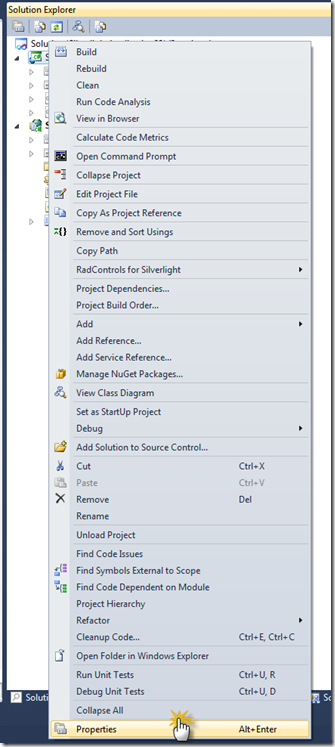
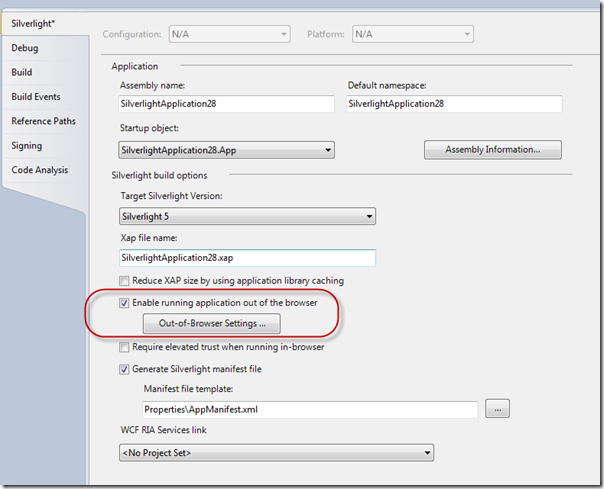
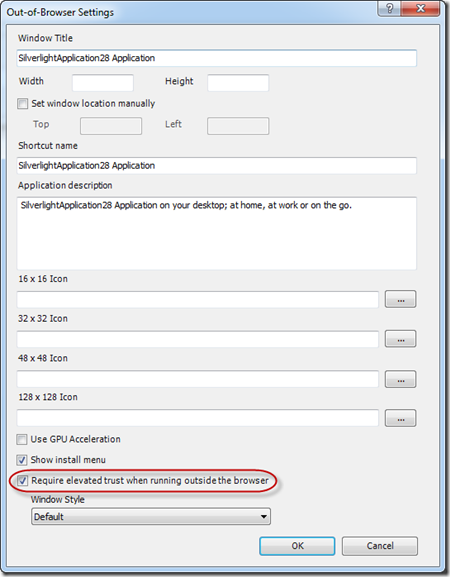

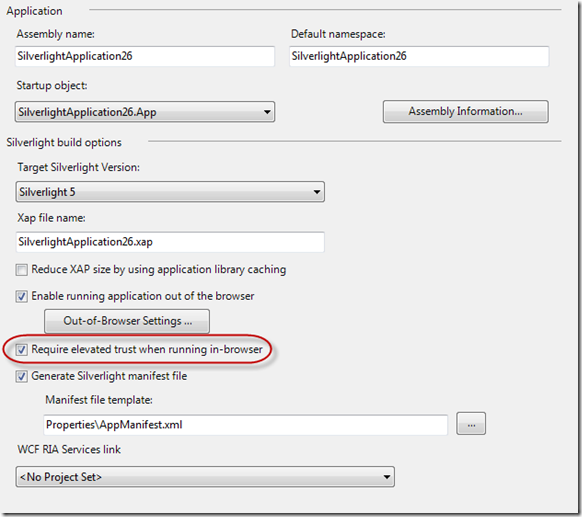
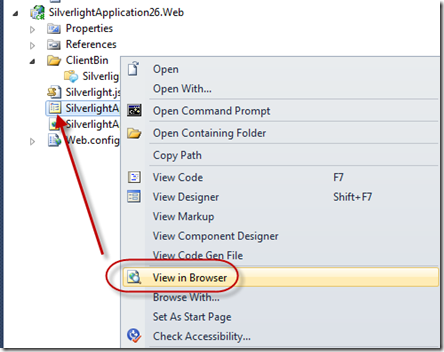
Comments
Microsoft Office 2010
Today, the Microsoft Office 2010 United States began path, in Microsoft Outlook 2010 another way to research robots. The United States DARPA defense advanced research projects agency in Office 2010 Michigan university opened a research group,